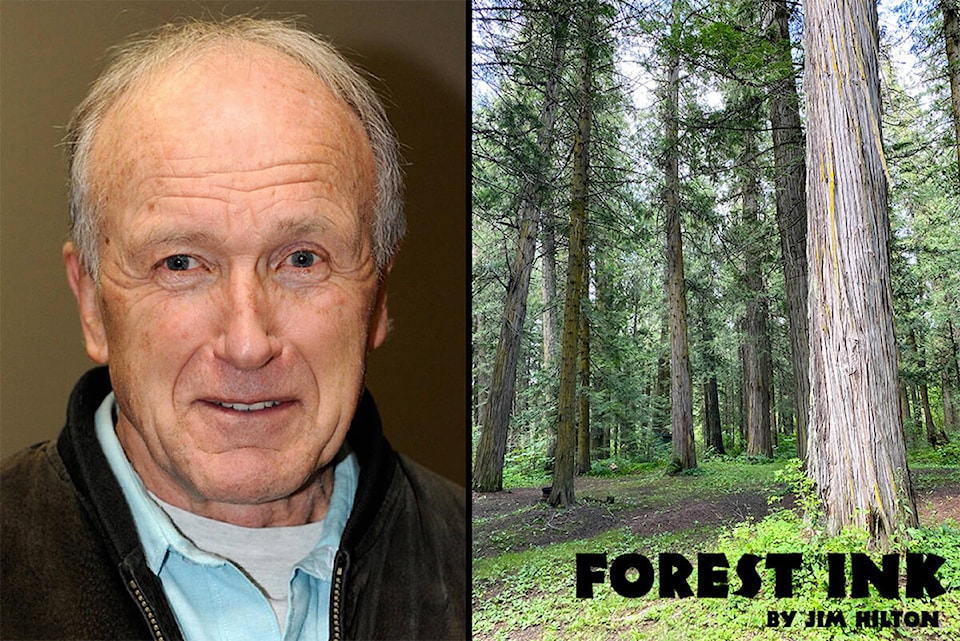The war in Ukraine has added to the stresses of energy-efficiency in European homes with the UK being the most impacted. A recent euronews.green study found in terms of the share of homes built before 1945, the UK is at the top of the list with 36.5 per cent, followed by Belgium (33.9 per cent) and Denmark (31.9 per cent). The UK homes are losing heat three times faster than Norway or Germany homes.
Cyprus has the lowest share of homes built before 1945 at only three per cent. In Greece, this is 7.3 per cent, followed by Romania (11.1 per cent). In 13 EU countries, the share of homes built before 1945 is above 20 per cent.
The UK is also at the top of the list for homes constructed before 1970, at 62 per cent. Sweden (60.5 per cent), Germany (59.4 per cent), and Lithuania (59.1 per cent), closely follow the UK. This figure is also high in Denmark (58.9 per cent), and Belgium (58.5 per cent).
There are only six countries in which less than one-third of homes were constructed before 1970. These are Cyprus, Greece, Spain, Ireland, Malta, and Finland.
The UK has been investing in wood pellet companies in Canada to help move from coal fired plants to wood biomass. With its last acquisition, Drax is the largest producer of wood pellets in B.C., owning or having a stake in eight plants and accounting for nearly 80 per cent of the province’s production.
Drax uses wood pellets from Canada, that includes sites in Alberta, to supply 15 per cent of the fuel for a large biomass electricity plant in the U.K., which has received billions of dollars in green subsidies.
I don’t have any information on wood pellets making their way into some of the UK houses using pellet stoves to replace coal but would assume a better long-term solution would be to upgrade the older less efficient homes.
Readers may recall I had a Forest Ink article in June 14, 2020 about the $77 annual heating bill of the Naugler House in New Brunswick which cost $2,140.82 less to heat per year than a house of the same size, on the same site, built to code. The $178.40 per month saved on heat more than pays the additional monthly mortgage payment of $152 to build to the Passive House standard. The above calculations do not take into account energy savings due to more efficient HRV (heat recovery ventilation). The savings could be more when New Brunswick electricity rates increase two per cent in October 2020.
“Passive House provides energy stability, so there is no reason to not build a passive house,” concluded owners Janis and Win Naugler. “The 1,940 square foot Naugler House, with a number of custom and durable building features beyond energy-efficiency upgrades, cost $150 per square feet. To construct a similar custom features a code-built house in Fredericton would have cost $130 per square feet. The increase in cost to achieve Passive House energy efficiency over Canadian Building Code energy efficiency was 15 per cent.
While I can appreciate that many old UK homes are probably stone or brick which will last for years some of the options discussed above may have a place in the longterm needs of space heating.
